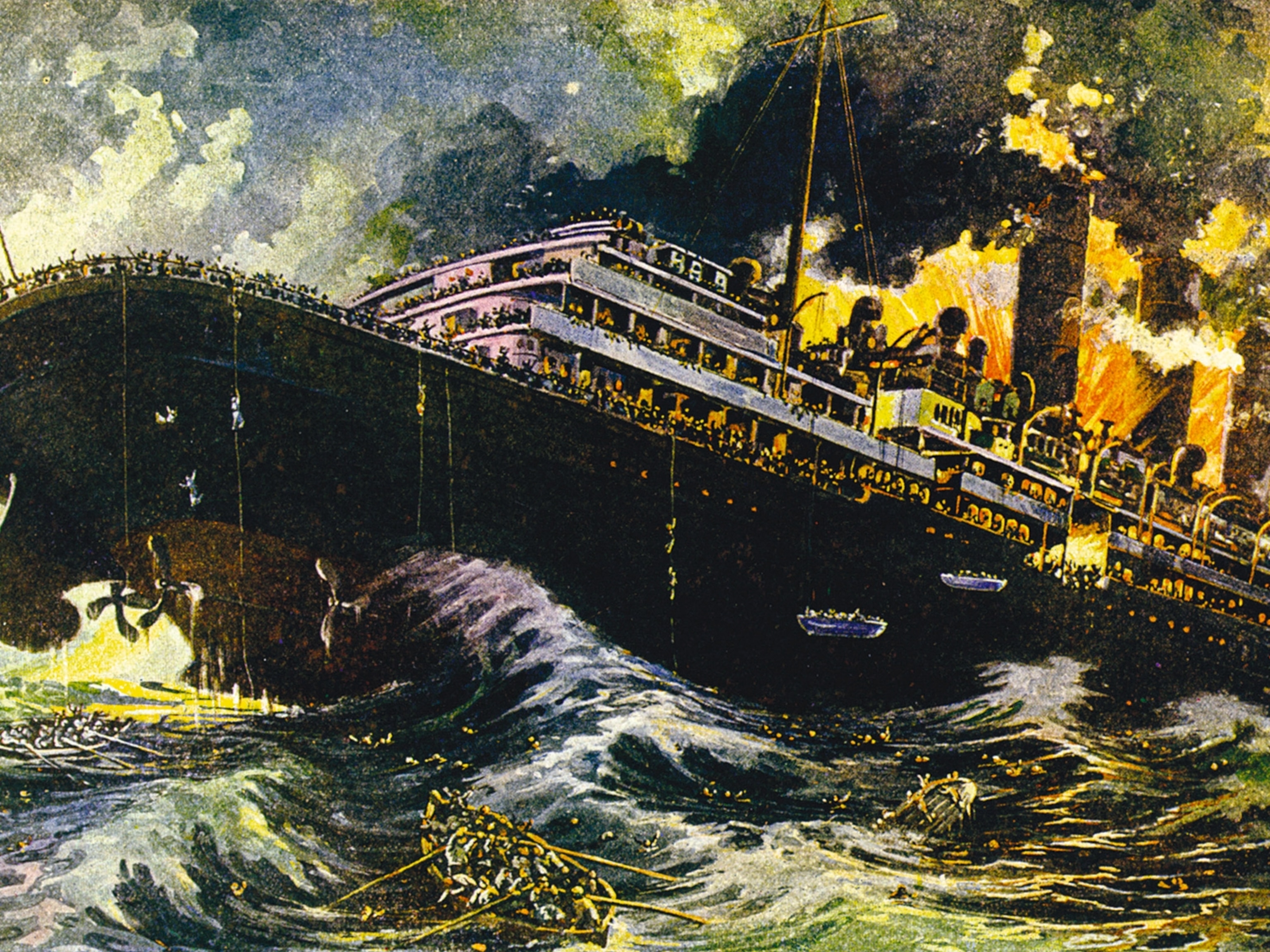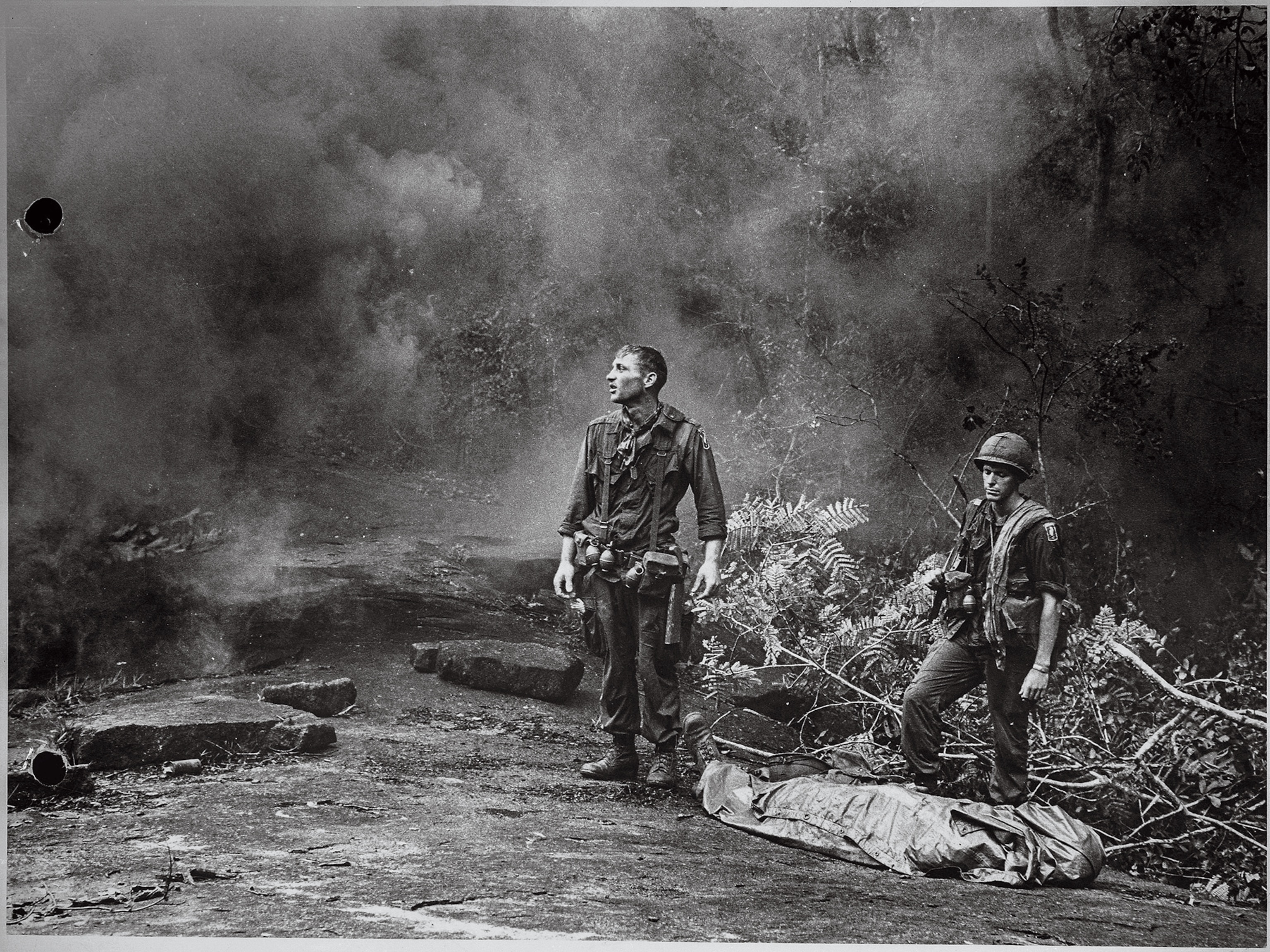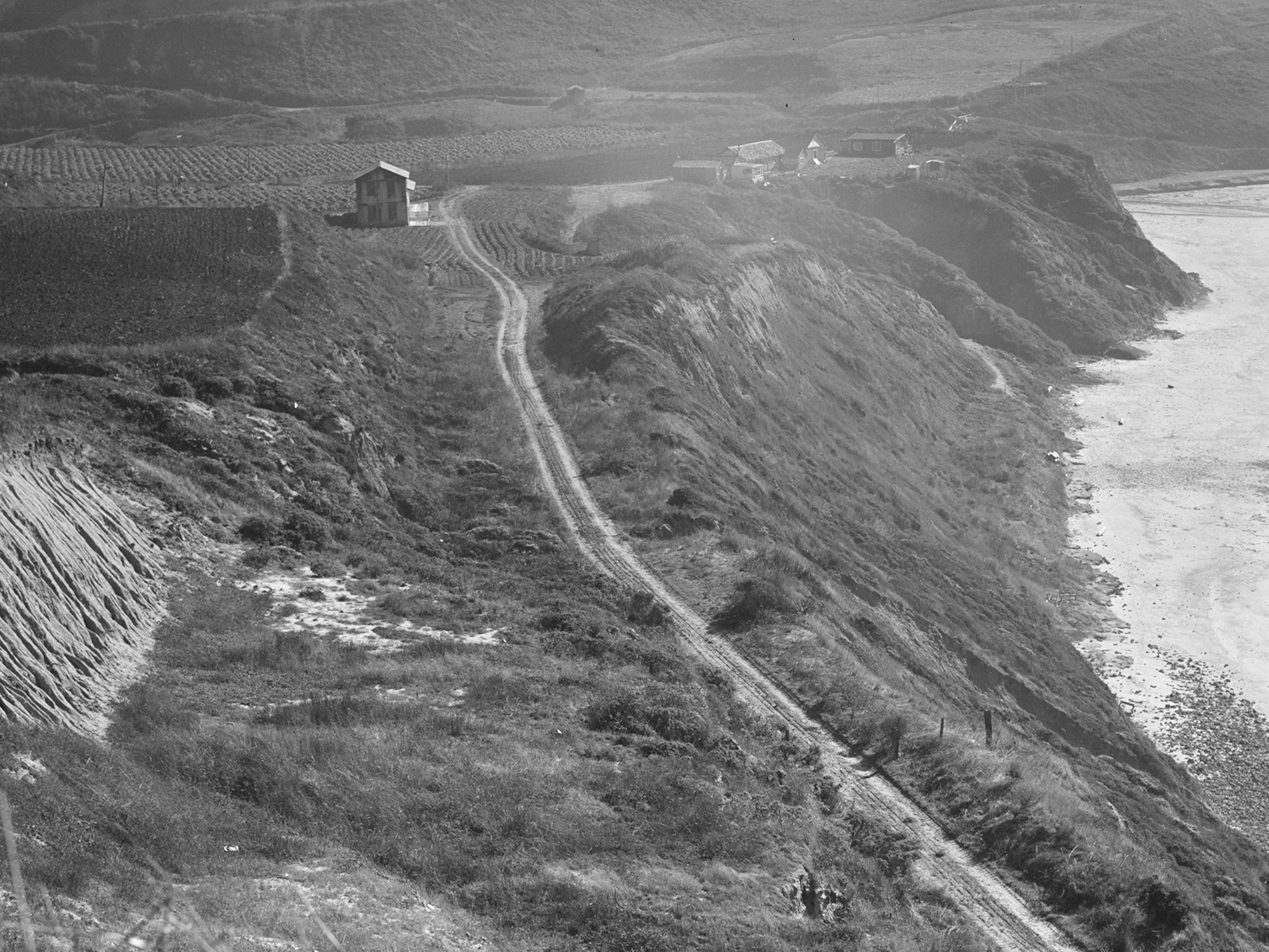America once made daylight saving time permanent. Here’s what went wrong.
In 1974, the U.S. tried staying on daylight saving time all year. The result was darker mornings and public panic.

Love it or hate it, daylight saving time (DST) is one of the world’s most persistent experiments in tinkering with the sun. Roughly one-third of countries worldwide still practice it, but not without controversy.
In the United States, the federal government first standardized the twice-yearly clock change in 1966. Today, people in almost all U.S. states—with the exceptions being Hawaii and most of Arizona—“springs forward” in March and “falls back” in November. In recent years, multiple states have proposed or passed legislation to make daylight saving time permanent, but those laws can’t take effect without Congress’s approval.
But the U.S. has tried it before. In January 1974, Americans turned their clocks ahead in an experiment designed to last nearly two years—an effort to conserve energy amid an unexpected oil crisis. Yet the change became “very unpopular very quickly,” says David Prerau, author of Seize the Daylight: The Curious and Contentious Story of Daylight Saving Time.
Here’s what went wrong when America tried to live on daylight saving time.
Why the U.S. adopted daylight saving time
Though the idea of DST surfaced before the 20th century, Germany was the first country to institute it nationwide in 1916—an attempt to save on fuel during World War I. The U.S. followed two years later with the Standard Time Act of 1918, which not only established the nation’s five time zones but also introduced daylight saving for part of the year. This approach gave war industry and factory workers an extra hour of natural sunlight—but the DST portion of the legislation was repealed after the war’s end.
The idea returned in World War II, when the U.S. adopted year-round daylight saving—known as “war time”—from February 1942 to September 1945. After the war, states and cities were left to decide for themselves whether to observe it. Still, the inconsistencies in local time caused mass confusion—notably in the transportation and broadcast industries.
A solution came in the form of the Uniform Time Act of 1966, designed “to promote the observance of a uniform system of time throughout the United States.” In states that opted to observe the change, clocks would advance one hour from the last Sunday in April to the last Sunday in October.
When the U.S. tried permanent daylight saving time
By the early 1970s, the U.S. faced a new kind of crisis—limited energy supplies. After the country backed Israel during the Yom Kippur War, Arab members of the Organization of the Petroleum Exporting Countries (OPEC) imposed an oil embargo on the U.S. As gas prices skyrocketed, the federal government sought to reduce energy consumption, such as lowering speed limits on U.S. highways. Then another idea surfaced.
Daylight saving time had once helped conserve fuel during wartime—so why not try it again? “It didn’t have much opposition when it was put in. It seemed like a reasonable thing to try,” Prerau says.
Congress passed a bill instituting such a measure in December 1973, and President Nixon signed it into law the next day. The move was meant to last nearly two years and, at first, Americans embraced it: a national survey that month found 79 percent supported the change.
At 2 a.m. on January 6, 1974, most of the country collectively sprang forward.
Why permanent daylight saving time failed
The shift to year-round daylight-saving time began with some confusion. Airlines scrambled to update schedules, and hundreds of tourists in Puerto Rico missed their flights back to the mainland when clocks jumped ahead on January 6.
Within weeks, the country feared that saving energy came at an unexpected cost: safety. In many parts of the nation, the sun now rose at 8:30 a.m. or later, forcing children to walk to school in predawn blackness. A United Press International article recommended that children carry small flashlights, employ a buddy system, and wear reflective tape to make them visible to motorists.
The Hartford Courant reported that four Connecticut teenagers were struck by cars on their way to school the day after daylight saving time took effect. In Florida—where Gov. Reubin Askew unsuccessfully urged U.S. lawmakers to switch back the clocks—eight students were fatally struck by vehicles within a few weeks.
Public support plummeted. By February, only 42 percent of Americans still backed the new schedule, according to the National Opinion Research Center—but not everybody hated the change. Los Angeles resident Terry McQuilkin argued that it benefited people who work later hours. In a letter to The Los Angeles Times, McQuilkin wrote, “The rest of us will appreciate daylight saving time in a month or so, when the sun rises at the time we wake up.”
The National Safety Council, however, reported no notable increase in early-morning student fatalities between January 1973 and January 1974, according to United Press International. But growing concerns seemed to overshadow any potential benefits. Soon after Nixon’s resignation amid the Watergate scandal in August 1974, the House voted to end the experiment.
The Senate followed, acknowledging that while the policy saved an estimated 100,000 barrels of oil a day from January through April 1974, the public’s distaste for dark winter mornings outweighed any benefits, The New York Times reported. President Gerald Ford signed into law an amendment that returned the nation to standard time, from October 27 through the last Sunday in February 1975.
Why do we still have daylight saving time?
Half a century later, the argument over daylight saving time continues. Even as the federally mandated start and end dates for DST have shifted over the years, some U.S. lawmakers continue to advocate for year-round DST or, in some cases, standard time.
Surveys tell a mixed story about whether U.S. adults would prefer permanent daylight saving or standard time, but the latest Gallup data suggests that more favor the latter.
For years, proponents of federal legislation to make DST permanent have cited potential economic benefits and the advantages associated with “more time for sunshine.” Critics of year-round daylight saving have said the practice disrupts sleep and might have negative health effects.
Matthew Kotchen, professor of economics at the Yale School of the Environment, argues that DST might do more harm than good when it comes to energy consumption. But ultimately, Kotchen says, Americans are passionate about DST “in exactly opposite directions.”
“I think that what we have now, roughly, is the middle way,” Kotchen says.








